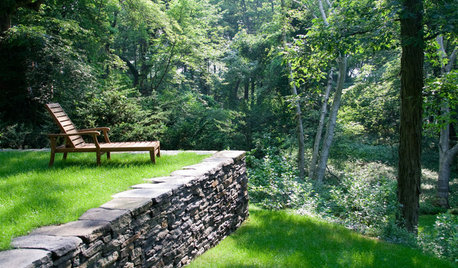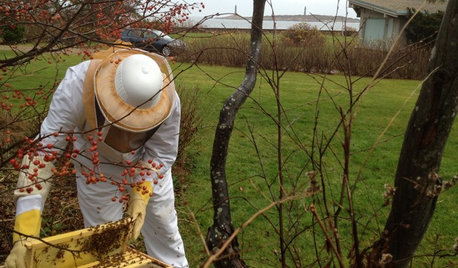What Can I Do Now To Help Lawn
Nancy McHugh
13 years ago
Related Stories

LANDSCAPE DESIGNWhat the Heck Is a Ha-Ha, and How Can It Help Your Garden?
Take cues from a historical garden feature to create security and borders without compromising a view
Full Story
MOST POPULAR9 Real Ways You Can Help After a House Fire
Suggestions from someone who lost her home to fire — and experienced the staggering generosity of community
Full Story
LIFEYou Said It: ‘You Can Help Save the Bees’ and More Houzz Quotables
Design advice, inspiration and observations that struck a chord this week
Full Story

ORGANIZINGDo It for the Kids! A Few Routines Help a Home Run More Smoothly
Not a Naturally Organized person? These tips can help you tackle the onslaught of papers, meals, laundry — and even help you find your keys
Full Story
HOUSEKEEPINGThree More Magic Words to Help the Housekeeping Get Done
As a follow-up to "How about now?" these three words can help you check more chores off your list
Full Story
ARCHITECTUREHouse-Hunting Help: If You Could Pick Your Home Style ...
Love an open layout? Steer clear of Victorians. Hate stairs? Sidle up to a ranch. Whatever home you're looking for, this guide can help
Full Story
DECLUTTERINGDownsizing Help: How to Get Rid of Your Extra Stuff
Sell, consign, donate? We walk you through the options so you can sail through scaling down
Full StorySponsored
Columbus Area's Luxury Design Build Firm | 17x Best of Houzz Winner!








Kimmsr
dchall_san_antonio
Related Professionals
Canton Landscape Architects & Landscape Designers · Cary Landscape Architects & Landscape Designers · Otsego Landscape Architects & Landscape Designers · Edmond Landscape Contractors · Gainesville Landscape Contractors · Cordele Landscape Contractors · Lees Summit Landscape Contractors · Rio Linda Landscape Contractors · Cambridge Driveway Installation & Maintenance · Libertyville Driveway Installation & Maintenance · Park Ridge Driveway Installation & Maintenance · Delhi Fence Contractors · Framingham Fence Contractors · Goose Creek Fence Contractors · Statesville Fence Contractors